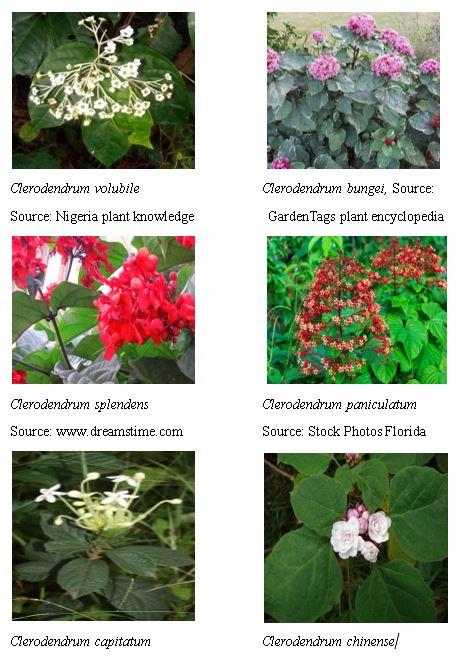Ethnomedicinal application, phytochemistry and therapeutic effects of genus clerodendrum
DOI:
https://doi.org/10.31989/ffs.v3i10.1151Abstract
The genus Clerodendrum consist of flowering plants, which was once classified as a member of the Verbenaceae family, was recently classified as a member of the Lamiaceae family. Various species of this genus have been generally used for treating several ailments and disorders as well as ornamental plants. Secondary metabolites found in abundance in these species include terpenoids, saponins, carbohydrates, and glucosides as well as alkaloids, flavonoids, and phenolic compounds. Studies conducted so far have shown that the extracts and compounds of the species in this genus exert diverse physiological activities, including anti-inflammatory, anti-diabetic, antihypertensive, anti-allergic, analgesic, hepatoprotective, post-coital antifertility, antimicrobial, anticholinesterase, membrane stabilizing, antihelmitic, hypolipidemic, antitumor, and antimicrobial properties. Medicinal plants in this genus are beneficial, therefore they should be considered as lead in drug discovery and formulation.

Keywords: Clerodendrum species, Forkloric uses, Pharmacological application, Phytoconstituents, Therapeutics
Downloads
Published
Issue
Section
License
Authors retain the copyright of their articles and grant the Functional Food Center (FFC) and its journals the right of first publication under the terms of the Creative Commons Attribution 4.0 International License.
This license permits unrestricted use, distribution, and reproduction in any medium, including commercial use, provided the original author(s) and source are properly credited. Authors may post and share their published work freely, provided that the original publication in this journal is acknowledged.
By submitting to this journal, authors confirm that their manuscripts are original, not under consideration elsewhere, and that they hold the necessary rights to grant this license. The Functional Food Center encourages open scientific exchange and allows derivative and extended works, provided attribution to the original publication is maintained.